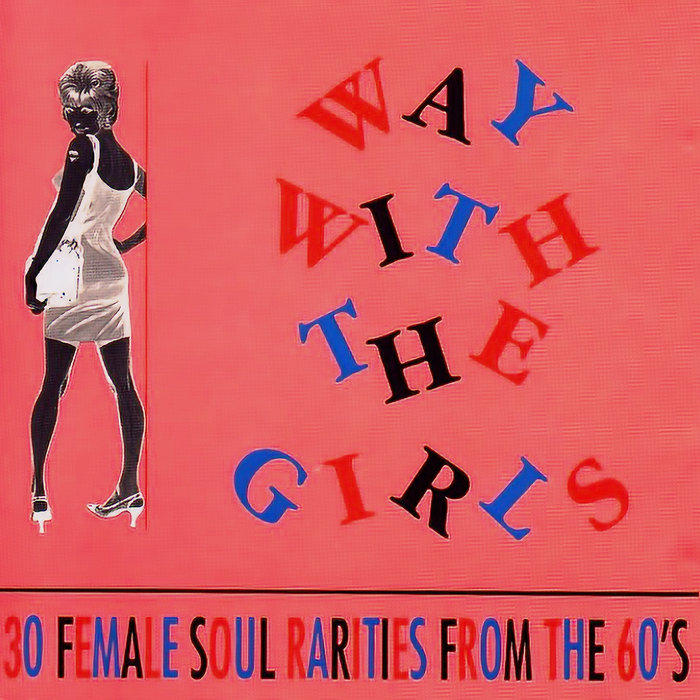
You Will Never Get Away – Cholli Maye
this blog is GROOVY – check out great Soul, Funk, Jazz, Hip Hop, Bass, Breaks , Reggae, House n many more TUNES
Ah, steel funk! It’s that electrifying blend of steel pan rhythms and funky grooves that gets your body moving and your soul dancing. If you’re new to this vibrant genre or just here for a rhythmic refresher, let’s take a groovy ride through the history of steel funk while highlighting some amusing anecdotes about the musicians who brought it to life.
The story begins in Trinidad in the 1930s and ’40s when inventive locals started banging on oil drums—yes, those same drums you might imagine at a beach barbecue. These early pan players transformed what was once industrial refuse into melodic instruments, leading to the birth of calypso music. The captivating sound quickly spread across islands and eventually made its way into pop culture globally.
But wait! It wasn’t until funk—born out of soul music’s fiery spirit—hit the scene in the late ’60s that our beloved steel drum found itself getting funky. Picture bands like Sly and the Family Stone throwing down their grooves matched with vibrant Caribbean vibes. Talk about one delicious musical stew!
Musicians being musicians, they didn’t stop there. Steel pans began appearing in jazz clubs (thanks to legends like Calvin Jones) where they melted smoothly into mainstream sounds alongside soulful saxophones. By blending these styles together, artists created something fresh—a funky fusion known as steel funk.
One notable figure is Rudy Smith, whose incredible skill on both traditional pan and vibraphone added depth to live performances across genres. Funny enough, Rudy didn’t even start playing music until he was 22 years old; he originally planned on being an engineer! Imagine how many calculations were abandoned before his first gig!
Then we have Andy Narell, another musician credited with pushing boundaries within this genre. Andy made waves (and maybe some splashes) by introducing electric elements into his compositions during the ‘80s—and boy did it leave audiences shaking their groove thangs! His preference for wearing loud Hawaiian shirts during performances became legendary; rumor has it he never wore anything else because “it helps keep things tropical!”
By the late 1970s and into the ‘80s, bands exploded onto stages worldwide bringing forth this groovy fusion style enriched with bright beats from Trinidad & Tobago mixed up with sensuous basslines typical of classic funk greats like James Brown or Parliament-Funkadelic.
Did you know that Sly Stone once mistakenly thought a steel drummer named Tiny Williams was just part-time? After hearing him play at an impromptu jam session in San Francisco’s Tenderloin district, Sly couldn’t help but marvel at his skills! “Tiny? More like enormous talent!” echoed throughout.
Another humorous tidbit involves bandleader Desmond “Piper” De La Rosa who would often perform shows barefoot simply because he claimed shoes got stuck between all those dance moves—a true testament to living that funky life without constraint!
From coast-to-coast gigs headlined by groups such as Kaloo Pan, which combines traditional Caribbean sounds with modern rock influences—it became clear that everyone wanted a taste of this delectable mix!
In cities like Miami… it’s hard not to feel alive listening—or better yet dancing—to local steeldrummer collective Coconut Groove! They became infamous for spontaneous performances around beaches but also faced flak when they accidentally delivered more crab-infested conch shells instead of tickets during one show… Talk about crabs stealing thunder right off stage gear!
Today we see young enthusiasts embracing traditional craftsmanship paired up nicely against electronic impulses thanks largely due collaborations amongst local youth orchestras mixing hip-hop beats together—expanding further than ever imagined! Enter artists such as Shavon B., who blends smooth R&B vocals over those classic rhythms while keeping social media feeds buzzing along weekly updates featuring jaw-dropping choreographies designed just for fun!!
Now let’s step back…and groove slightly forward; Thanks partly due radio stations recognizing talents striving towards cross-genre creativity (looking at you DJ Mr.Pan!) – younger generations are constantly reinventing traditions making waves everywhere from festivals celebrating Carnival culture abroad straight down sleepy suburban garages exploding effortlessly above ground expectations wherever performed now too☆
With renewed interest resulting in live events drawing multigenerational crowds rejuvenating love formed deep within roots spanning decades plus countless casual jam sessions springing nighttime rendezvous’ around neighborhoods full circles looping seamlessly back towards origins laid brick-by-brick long ago—we’ll continue seeing more delightful collaborations merging pleasing aesthetics alongside most memorable sonic experiences upcoming sure shot hits waiting patiently round corner venues near YOU!!
So there you have it—the history behind steel funk blended uniquely throughout time intertwined magically amidst laughter echoing tracks graced mostly unpretentious gatherings fostered joy!! All propelled forward rhythmically through infectious beats stemming pure raw passion shared equally among fans & performers alike creating lasting connections worth every note played today!!!
Whether you’re tapping toes or doing full-on happy dances kick-started listening deeply immersed experience each unique storytelling moment captured through harmonic timbre rhythmically celebrated again again ahead always inviting listeners share smile moments etched forever after delightfully getting lost euphoric vibrations unleashed expressively exiting steep slopes funkiest adventures awaiting next traveler willing explore undiscovered lands still swaying side-side today complete joyously immersive thrilling ride called STEEL FUNK!!! 🎶💃🏽

You Will Never Get Away – Cholli Maye

Got My Mind Made Up – Bacao Rhythm and Steel Band

Jungle Fever – Bacao Rhythm and Steel Band

Dirt Off Your Shoulder – Bacao Rhythm and Steel Band